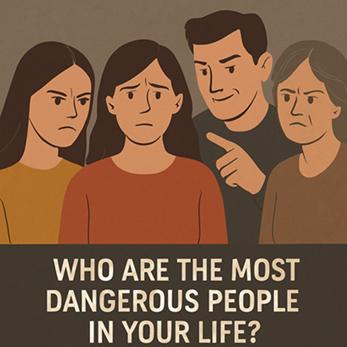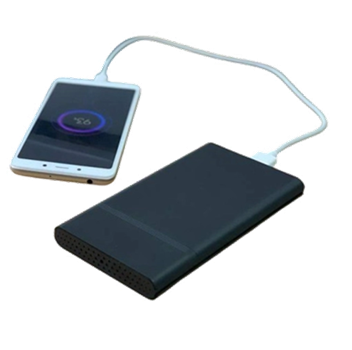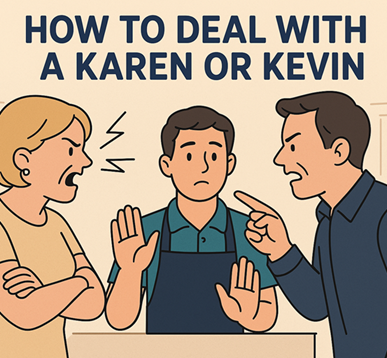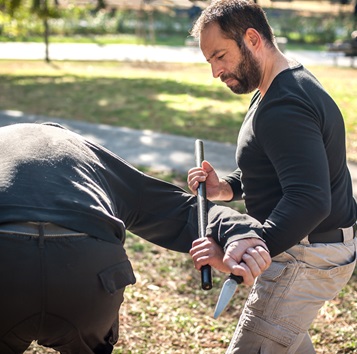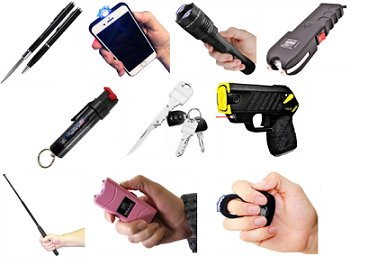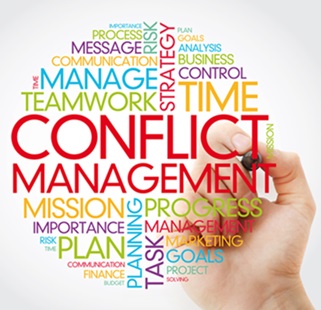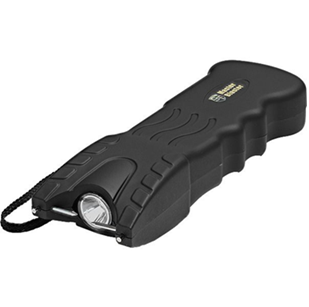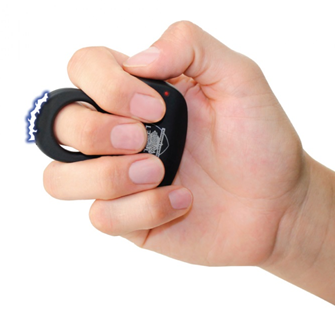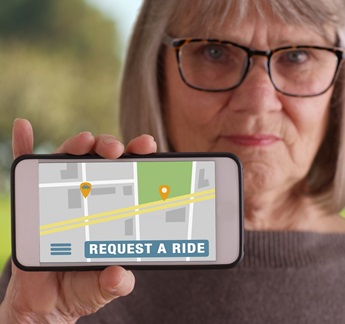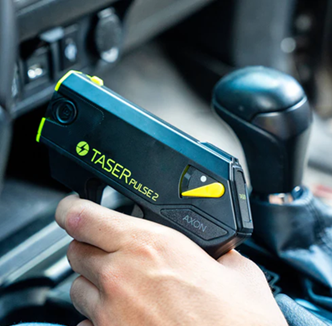How to Prevent Being Sex Trafficked
 Sex trafficking is a grave violation of human rights that affects millions of individuals worldwide. According to the International Labour Organization (ILO), nearly 4.8 million people are trapped in situations of forced sexual exploitation at any given time. It can happen to anyone, regardless of age, gender, nationality, or background. While governments and organizations work tirelessly to combat sex trafficking, individuals can take proactive steps to protect themselves and others from falling into the clutches of traffickers. In this article, we’ll explore practical strategies and tips that can help prevent becoming a victim of sex trafficking.
Sex trafficking is a grave violation of human rights that affects millions of individuals worldwide. According to the International Labour Organization (ILO), nearly 4.8 million people are trapped in situations of forced sexual exploitation at any given time. It can happen to anyone, regardless of age, gender, nationality, or background. While governments and organizations work tirelessly to combat sex trafficking, individuals can take proactive steps to protect themselves and others from falling into the clutches of traffickers. In this article, we’ll explore practical strategies and tips that can help prevent becoming a victim of sex trafficking.
1. Understanding the Tactics of Traffickers
Sex traffickers often use manipulation, deceit, and coercion to lure victims. They may pretend to offer a job, a relationship, or assistance in difficult situations. Understanding how traffickers operate can help you recognize red flags and protect yourself. Some common tactics include:
-
False Job Opportunities: Traffickers may advertise fake job listings, particularly for modeling, nannying, or entertainment roles. These listings are designed to attract vulnerable individuals looking for work.
-
Online Grooming: Traffickers use social media and dating apps to build trust with potential victims. They may pose as romantic partners or mentors to manipulate individuals into a situation where they can be exploited.
-
Debt Bondage: Victims are sometimes coerced into sex trafficking by traffickers who claim that the victim owes them money, or they may provide shelter or transportation, demanding sex as repayment.
-
False Promises of a Better Life: Traffickers may lure victims with promises of travel, education, or a better quality of life, only to exploit them once they are isolated from support systems.
By knowing these tactics, you can be more vigilant when encountering certain situations.
2. Maintain a Strong Online Presence
In today’s digital world, social media has become one of the primary tools used by sex traffickers to target victims. Here are a few ways to protect yourself:
-
Keep Personal Information Private: Avoid sharing personal details such as your address, phone number, or travel plans online. Traffickers can use this information to track or manipulate you.
-
Be Cautious of Strangers Online: Many traffickers pose as friendly strangers or potential romantic partners. Be wary of new acquaintances online, and never agree to meet someone you don’t know in person without first verifying their identity.
-
Report Suspicious Activity: If you suspect that someone is attempting to groom or recruit you online, report the behavior to the platform’s administrators and law enforcement.
3. Travel Safely
Whether you are traveling domestically or abroad, you should always prioritize your safety. Traffickers often target individuals who are isolated or traveling alone. Consider these safety tips when traveling:
-
Travel in Groups: Whenever possible, travel with trusted friends or family members. Groups are less likely to be targeted than individuals traveling alone.
-
Share Your Itinerary: Let someone you trust know where you are going and when you expect to return. Regularly check in with them, especially if you are traveling in an unfamiliar area.
-
Avoid Isolated Areas: Stay in well-lit, populated areas when walking or waiting for transportation. Traffickers often prey on individuals in vulnerable locations such as empty parking lots, rest areas, or unfamiliar cities.
-
Trust Your Instincts: If you feel uncomfortable or unsafe in any situation, remove yourself from the area immediately. Don’t be afraid to change plans or call for help if something doesn’t feel right.
4. Recognize Red Flags
Certain behaviors or situations may indicate that someone is at risk of being trafficked or is already a victim. Learn to recognize the red flags of sex trafficking:
-
Sudden Changes in Behavior: If someone you know suddenly becomes withdrawn, avoids eye contact, or seems fearful, they may be in trouble.
-
Lack of Control Over Personal Life: Victims of trafficking often have little control over their daily lives, including their identification documents, finances, and travel. If you notice that someone is being controlled by another person, this could be a sign of trafficking.
-
Physical Signs of Abuse: Unexplained bruises, scars, or other signs of physical harm can indicate that someone is being trafficked or abused.
-
Multiple Phones or Social Media Accounts: Traffickers often force victims to communicate with “clients” through multiple phones or social media accounts. If someone has several phones or social media profiles that seem unusual, it could be a red flag.
5. Stay Informed and Educated
Awareness is one of the most powerful tools in preventing sex trafficking. Stay informed about the issue by regularly reading articles, watching documentaries, and attending events that raise awareness about trafficking. Knowledge can help you recognize potential risks and avoid dangerous situations. You can also take these steps:
-
Attend Workshops: Many organizations offer workshops and seminars on trafficking prevention. These events are an excellent way to learn more about the issue and how you can protect yourself.
-
Follow Local News: Stay updated on trafficking activity in your area by following local news sources. Knowing the areas where trafficking is more prevalent can help you avoid risky locations.
6. Strengthen Personal Relationships
Traffickers often target individuals who are isolated, vulnerable, or lacking a strong support system. By building healthy, supportive relationships with family and friends, you can reduce the risk of being targeted by traffickers.
-
Communicate Regularly: Stay in close contact with family and friends, especially when you are traveling or meeting new people. Regular communication can help them recognize if something is wrong.
-
Avoid Isolation: Traffickers often prey on individuals who are isolated from their support networks. Maintain relationships with trusted individuals and avoid cutting ties with family and friends, even if you are going through difficult times.
7. Know Where to Seek Help
If you believe you or someone you know is in immediate danger of being trafficked, it is critical to know where to seek help. Here are some resources you can use:
-
National Human Trafficking Hotline: In the U.S., the National Human Trafficking Hotline (1-888-373-7888) is a confidential resource available 24/7. It connects victims and witnesses to law enforcement and support services.
-
Local Law Enforcement: If you are in immediate danger, contact local law enforcement for assistance. Many police departments have specialized units trained to handle human trafficking cases.
-
Trusted Organizations: Non-profit organizations like Polaris, Love146, and the International Justice Mission provide resources, education, and support for individuals at risk of trafficking.
8. Empower Others
Finally, one of the most effective ways to prevent sex trafficking is by empowering others with knowledge. Share the information you’ve learned with friends, family members, and your community. Raise awareness about the issue, and encourage others to be vigilant about their safety. The more people who are aware of the tactics traffickers use, the harder it becomes for traffickers to operate.
Conclusion
Preventing sex trafficking requires a combination of awareness, vigilance, and proactive measures. By staying informed, recognizing red flags, and maintaining strong personal relationships, you can protect yourself and others from this insidious crime. Remember, you are never alone—there are resources and people ready to help if you ever find yourself in danger. Stay safe, trust your instincts, and empower those around you with the knowledge to stay protected.
Company Info
Customer Service
Product Information
- TASER® and Stun Devices Regulations by State
- TASER® Safe Escape Product Replacement Guarantee
- TASER® Comparison Chart
- TASER® User Manuals
- TASER® Warranty Info
- Byrna Product Catalog
- PepperBall Manuals & Spec Sheets
- Pepper Spray Laws
- Air Gun Laws
- States that Restrict Automatic and Butterfly Knives
- Our Print Catalog


























